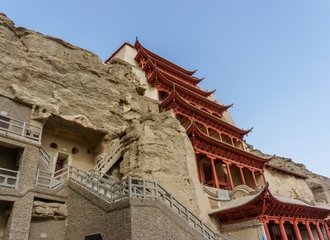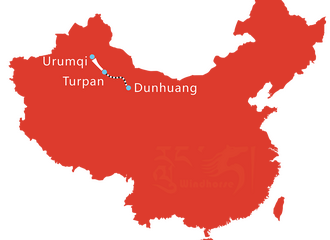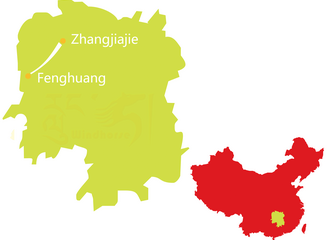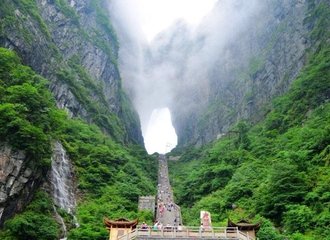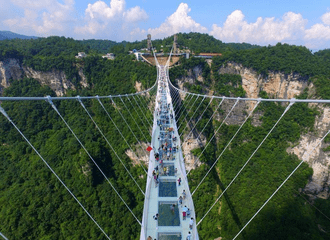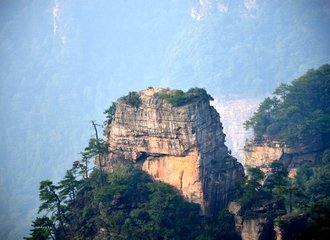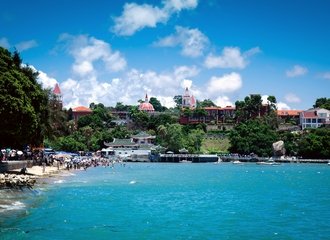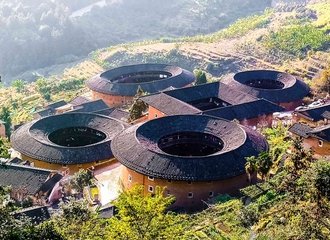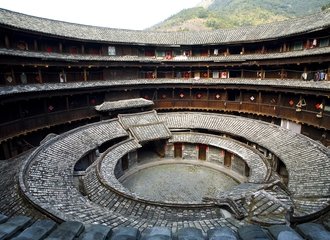Yumen Pass
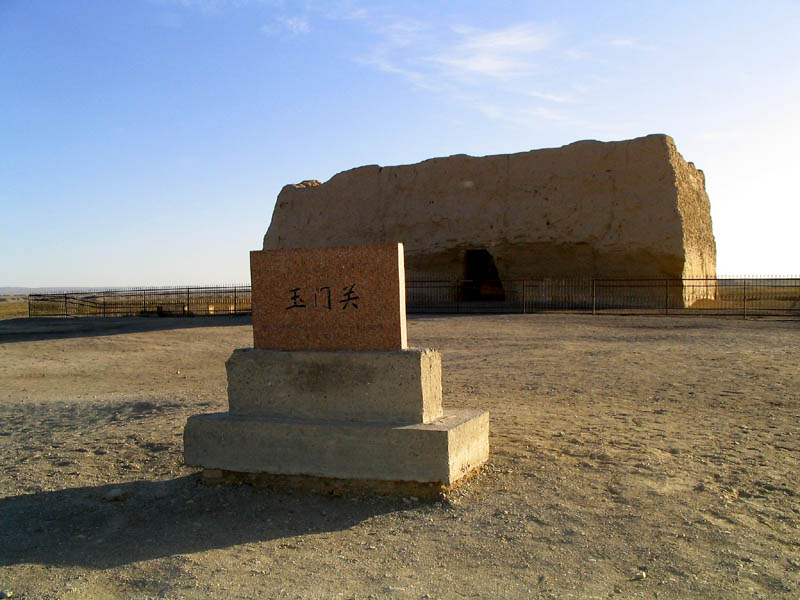
Yumen Pass, along with Yangguan Pass is one of the two important gateways on western frontier during Han Dynasty (206 - 220 B.C.).
Yumen means "Jade Gate Pass" in English, it gets this name because of jade transactions between the then Han businessmen and merchants from western regions.
It is located 90 km. northwest of Dunhuang City, Gansu Province at the western end of Hexi Corridor (part of northern Silk Road).
Yumen Pass served as an important fort in Han Dynasty. It was originally set up by Emperor Wu to strengthen the stability of western frontier and launch counterattacks on the Huns, a nomadic people which invaded the Han area ceaselessly before Emperor Wu came to power.
At that time, Yumen was also a station where gathered many businessmen, military generals and ambassadors. It has witnessed the prosperity of business transactions during that period of time along the Silk Road.
It was through this vital portal fine silk fabrics from Central China were introduced to the western regions and meanwhile, music and religion of Western China style were transported back.
Interested in This Attraction? Contact Us Now!
Nowadays, Yumen Pass has lost its historical function, but its past glory can still be seen from the present remains. It now still looks like a royal soldier having witnessed the vicissitudes of life and wishing to reveal its past secrets to passers-by.
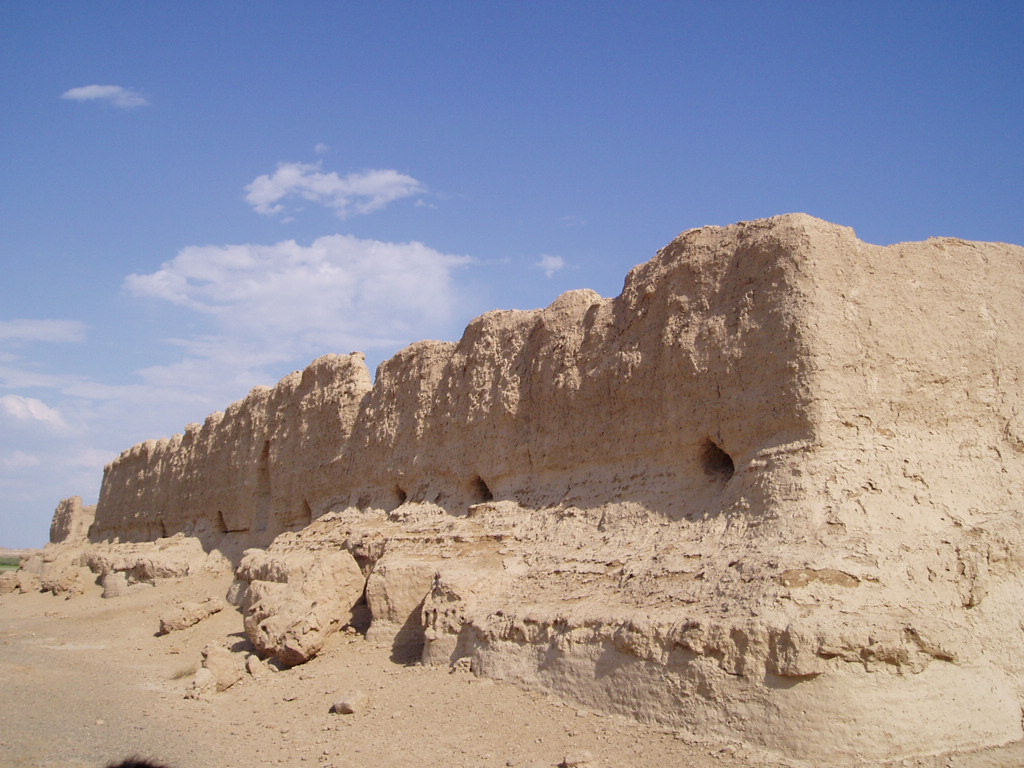
This rectangular castle covers an area of over 600 sq.m.(6,458 sq.ft.), measuring 245 m.(804 ft.) long from east to west, 264 m.(866 ft.) wide from south to north and 97 m. in height.
The pass is made up of rammed yellow earth and has two gates: the west gate and north gate.
Today you can still climb up to the top of the wall to see the remains of the Great Wall and the beacon towers standing among the vast expanse of desert.

